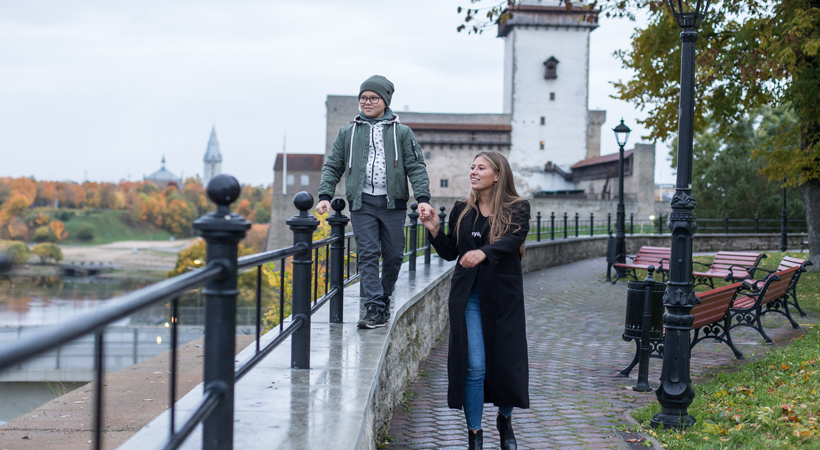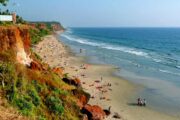Estonia’s county of Ida-Viru hopes to entice 100,000 tourists this summer

To overcome the revenue loss caused by the lack of foreign tourists during the coronavirus pandemic, Estonia’s Ida-Viru County has launched a campaign with the goal of attracting at least 100,000 tourists over the summer.
Ida-Viru County, or Ida-Virumaa, is one of 15 counties of Estonia. It is the most north-eastern part of the country. The county contains large deposits of oil shale – the main mineral mined in Estonia. As oil shale is used in thermal power plants, Ida-Viru contains most of Estonia’s energy resources.
Last year, a record year for tourism, saw 91,000 tourists stay in Ida-Virumaa from June to August, with 34,000 of those being foreign tourists. Nearly half of those were visitors from Russia, with whom borders are still closed due to travel restrictions, news website News.err.ee has reported.
Jaak Pruunes, executive director of Toila Sanatoorium, a local accommodation and spa complex, thinks Ida-Viru County spas can manage through the summer with the help of Estonian tourists: “All spas will survive actually. I don’t understand why all those hotels in Tallinn (capital of Estonia) are closing. Probably only because Finns, Swedes, and Norwegians are not coming, but we can do with Estonians.”
Kadri Jalonen, tourism coordinator for Ida-Viru County, said that hopes for an increase in domestic tourism are based on the developments of new and improved tourism magnets in the county, like the Narva Museum. According to Jalonen, the campaign to reinvigorate Ida-Viru tourism is also supported by the selection of an official tour operator, GoTravel.
Jalonen added: “For the first time in Estonia, a region has a common tour operator and that will give us at least eight new packages, where the partners of our tourism cluster can arrange joint packages and make actual sales, on Estonian and Finnish markets.”
Estonia is a country in Northern Europe, bordering the Baltic Sea and Gulf of Finland. With more than 1,500 islands, its diverse terrain spans rocky beaches, old-growth forest and many lakes. Formerly part of the Soviet Union, it’s dotted with castles, churches and hilltop fortresses. The capital, Tallinn, is known for its preserved Old Town, museums and the 314m-high Tallinn TV Tower, which has an observation deck.



